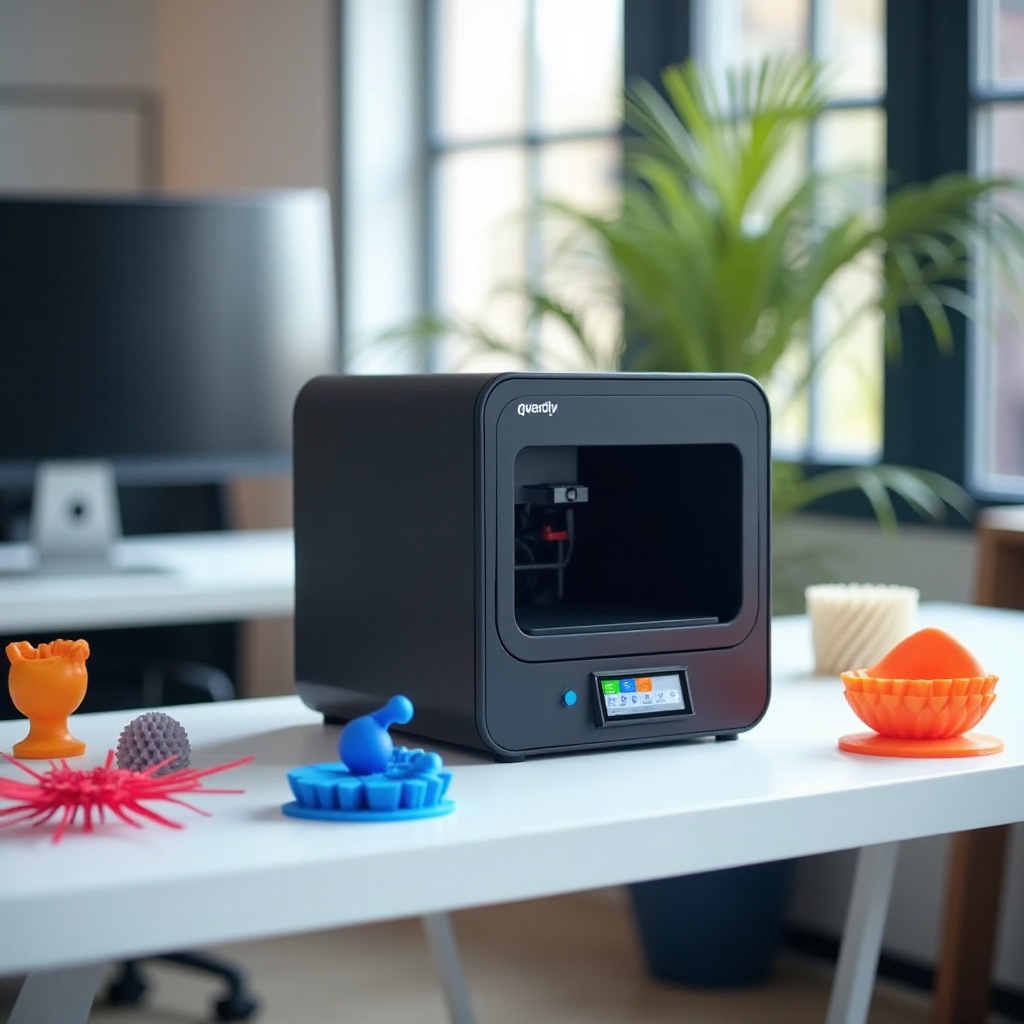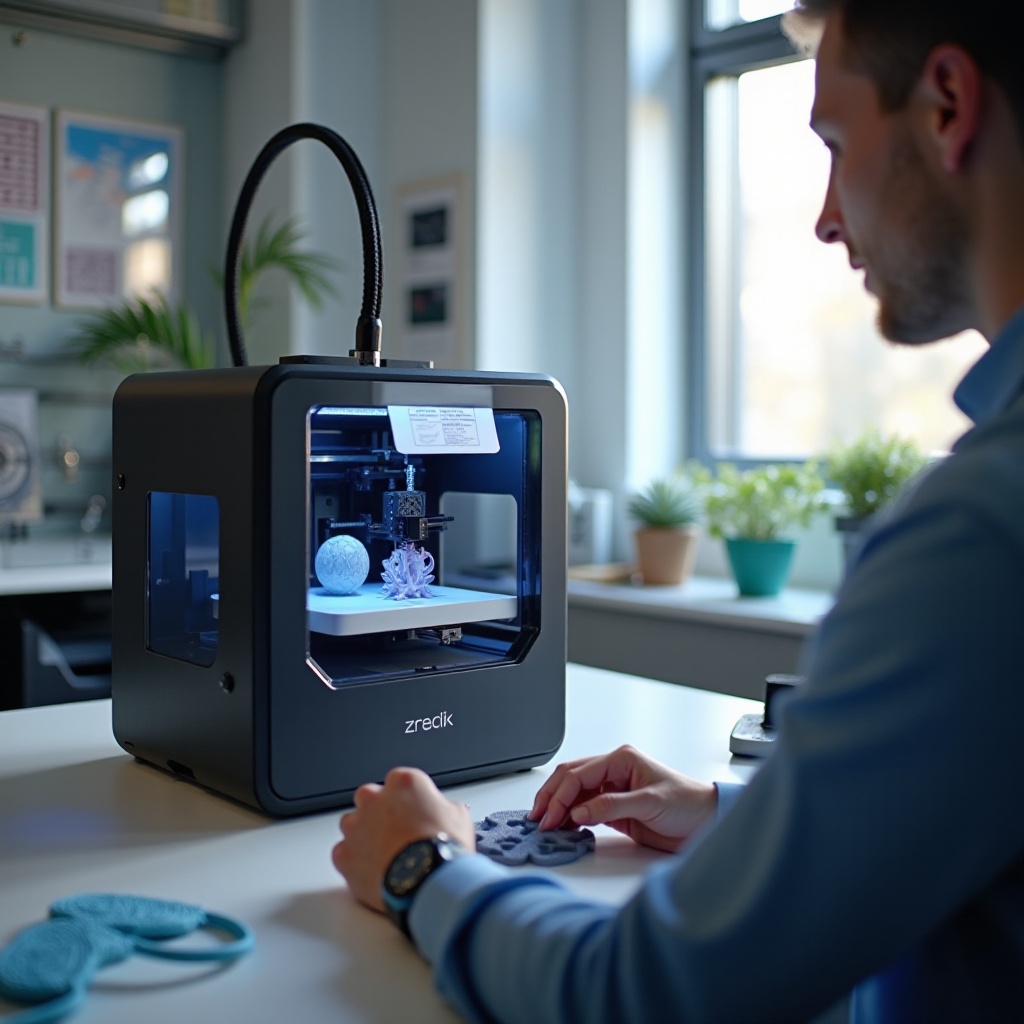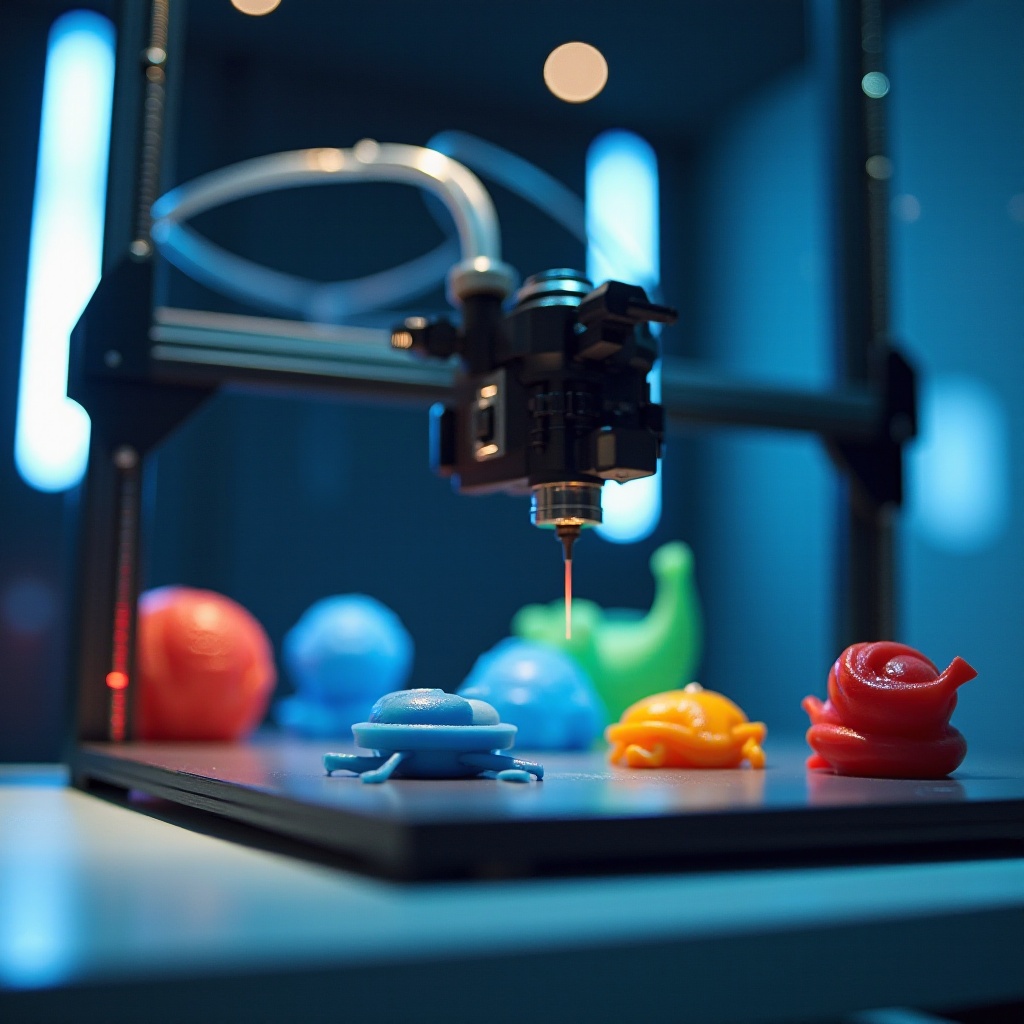Introduction
The world of 3D printing has evolved immensely, with Fused Deposition Modeling (FDM) leading the charge for hobbyists and professionals alike. FDM 3D printers offer a reliable, cost-effective way to bring your designs to life. But with the myriad of options available in 2024, selecting the best FDM 3D printer can be overwhelming. This guide will showcase the top choices, key features, and everything in between to help you make an informed decision.

What to Look for in an FDM 3D Printer
Choosing the right FDM 3D printer requires careful consideration of several crucial factors:
-
Build Volume: Assess the maximum size of the prints you aim to create and ensure the printer’s build volume meets your needs.
-
Print Quality: Look for printers with high precision and fine layer resolution capabilities to achieve smooth and detailed outputs.
-
Material Compatibility: Ensure the printer supports a variety of filament types such as PLA, ABS, PETG, and exotic blends for versatile printing.
-
Ease of Use: User-friendly features like bed leveling, touchscreen controls, and straightforward software integration can significantly enhance the printing experience.
-
Reliability & Maintenance: Opt for printers known for their consistent performance and accessibility to parts for easy maintenance and repairs.
Before proceeding, ensure you have a clear understanding of your requirements and how they align with the features of various FDM printers.

Top FDM 3D Printers of 2024
To help you navigate your options, we have curated a list of the top FDM 3D printers based on the latest advancements, user reviews, and expert recommendations. Here are the best choices for 2024:
Prusa i3 MK3S+
The Prusa i3 MK3S+ is a powerhouse known for its reliability and versatility. Featuring automatic bed leveling, a removable magnetic bed, and a filament sensor, it stands out with its consistent print results. This printer supports a wide range of materials, making it ideal for both beginners and advanced users. It also boasts an active community and extensive support, making troubleshooting and upgrades a breeze.
Creality Ender 3 V2
Creality’s Ender 3 V2 continues to be a favorite among budget-conscious enthusiasts. Despite its affordability, this printer does not compromise on quality. It features a sturdy build, silent operation, and an upgraded UI for ease of use. The tempered glass bed and improved mechanical design contribute to better adhesion and print quality, making it a solid choice for entry-level users.
FlashForge Adventurer 3
The FlashForge Adventurer 3 is perfect for those seeking a compact, easy-to-use 3D printer. With a removable nozzle, built-in camera, and cloud printing capabilities, it offers convenience without sacrificing performance. Despite its smaller build volume, its quiet operation and quick setup process make it an excellent option for home and educational environments.
Artillery Sidewinder X1
Artillery Sidewinder X1 boasts a large build volume, making it suitable for expansive projects. Its direct drive extruder system and stable frame ensure smooth and high-quality prints. Additionally, the touchscreen interface and near-silent operation add to its appeal. This printer provides great value, especially for users requiring detailed and large-scale printing capabilities.
Anycubic i3 Mega
The Anycubic i3 Mega offers excellent value, balancing affordability with strong performance and quality. It features a robust metal frame, heated bed, and touchscreen interface. Despite its moderate build volume, the printer excels in its reliability and print quality, making it a favorite among hobbyists and makers looking for a budget-friendly yet powerful machine.

Comparison Table
To summarize the distinctions and similarities between these top printers, here is a comparison table:
| Printer | Build Volume | Materials Supported | Key Features | ||
| Prusa i3 MK3S+ | 250 x 210 x 210 mm | PLA, ABS, PETG, etc | Automatic bed leveling, filament sensor | ||
| Creality Ender 3 V2 | 220 x 220 x 250 mm | PLA, ABS, TPU | Silent operation, tempered glass bed | ||
| FlashForge Adventurer 3 | 150 x 150 x 150 mm | PLA, ABS | Built-in camera, cloud printing | ||
| Artillery Sidewinder X1 | 300 x 300 x 400 mm | PLA, ABS, TPU | Direct drive extruder, large build volume | ||
| Anycubic i3 Mega | 210 x 210 x 205 mm | PLA, ABS, PETG | Metal frame, heated bed |
Conclusion
Navigating the world of FDM 3D printers can be straightforward with the right information at hand. The highlighted models for 2024 represent the best options available, catering to a range of needs from beginner to professional use. Whether you prioritize build volume, material compatibility, or user-friendliness, there’s an ideal FDM 3D printer for you. Keep your specific requirements in mind, and let this guide lead you to the perfect machine.
Frequently Asked Questions
What materials can I use with FDM 3D printers?
FDM 3D printers are versatile in their material compatibility. Commonly used filaments include:
– **PLA (Polylactic Acid)**: Ideal for beginners, PLA is easy to print with and biodegradable.
– **ABS (Acrylonitrile Butadiene Styrene)**: Known for its strength and heat resistance, suitable for functional parts.
– **PETG (Polyethylene Terephthalate Glycol)**: Combines the ease of PLA with the strength of ABS.
– **TPU (Thermoplastic Polyurethane)**: Used for flexible and durable prints.
How do I maintain my FDM 3D printer for longevity?
Proper maintenance is key to ensuring your 3D printer’s longevity:
1. **Regular Cleaning**: Remove any filament residue from the nozzle and bed.
2. **Lubrication**: Keep the rails and moving parts lubricated for smooth operation.
3. **Calibration**: Regularly check and calibrate the bed leveling to prevent print issues.
4. **Inspection**: Periodically inspect belts, wires, and connections for wear and tear.
5. **Firmware Updates**: Keep the printer’s firmware up-to-date to benefit from the latest improvements and fixes.
Are FDM 3D printers suitable for professional use?
Yes, FDM 3D printers are widely used in professional settings. They are suitable for producing prototypes, functional parts, and end-use products. Their cost-effectiveness, material versatility, and ability to produce high-quality prints make them a popular choice across various industries, including engineering, healthcare, and education.

